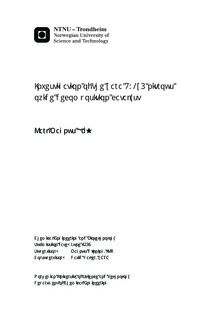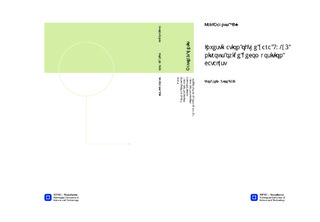| dc.description.abstract | The YARA 58-Y1 catalyst is a catalyst developed by YARA for the abatement of nitrous oxide created during nitric acid production. It uses cobalt aluminate (Co2AlO4) as its active phase supported on cerium oxide. The active material itself makes up around 2% of the final catalyst. The catalyst is effective and gives a high conversion with little deactivation over time, though the cerium oxide grade used appear to have a major impact on final catalyst performance. There would appear to be little consistency in the properties giving a good catalyst, as different grades of high and low surface, acidic and basic cerium oxide can produce good or bad catalysts. To get a better understanding of the properties of the cerium oxide and how they relate to the final catalysts, two grades of cerium oxide, one high surface and one low surface, and the catalysts were investigated using BET nitrogen adsorption, X-ray diffraction (XRD) and scanning electron microscope (SEM). It was found that the catalysts had significantly lower surface area than the cerium oxide grades they were based on, but that the high surface cerium oxide catalyst had a higher surface area than the one based on low surface cerium oxide. Surface area was also lost for the high surface catalyst from unused to used sample, while for the low surface catalyst the difference was minor. Crystallite sizes followed surface area and the higher the crystallite size, the lower the surface area. Pore structure was virtually wiped out during catalyst creation. SEM indicated differences in structure, with the low surface catalyst more or less retaining structure through use, while the high surface catalyst became more crystalline. Due to there not being a significant difference in deactivation between the high and low surface catalysts, the performance differences probably stems from properties before or after production. The cobalt aluminate phases were similar between the high surface and low surface catalysts, indicating no major difference in cobalt particle size, as confirmed by TEM. The exact reason why the high surface catalyst performs better is still unknown, but could stem from a better contact surface with the cerium oxide, given that the cerium oxide/cobalt oxide interphase itself has significant catalytic activity. Other reasons might be structural in the catalyst pellets themselves. | |

